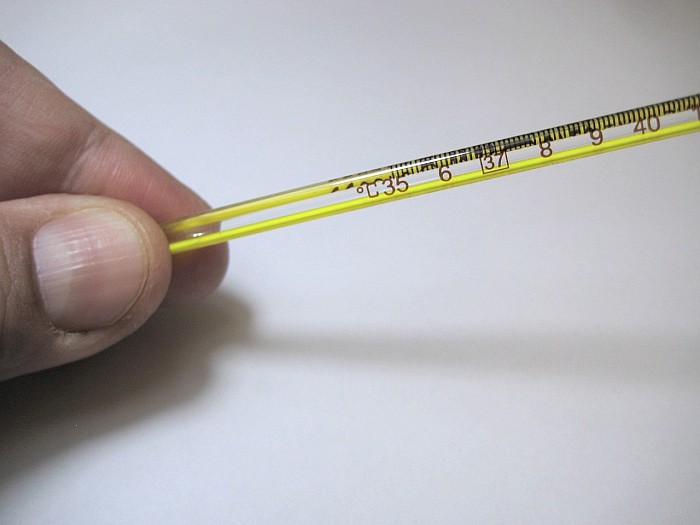You may wonder if your dog has a fever if he feels warmer to the touch than normal. The best way to find out if he does have fever, is by taking his temperature. There are different kinds of thermometers on the market and you may not know which type is the best.
If you’ve heard of infrared thermometers, you might be curious about them and want to know how they are used. And more importantly, how accurate they are.
Can you take a dog’s temperature with a forehead thermometer?
Some tips to get accurate readings: You can use both Celsius and Fahrenheit units. Place the thermometer at the center of the dog’s forehead or ear to get the accurate reading. Even you can turn the buzzer off if the sound irritates your dog.
Our Recommendation: The iProven Pet Thermometer
Any of the five thermometers discussed above should help you monitor your pet’s body temperature, but the iProven Pet Thermometer is likely the best of the bunch. It is easy to use, affordable, and accurate, and it received the best customer reviews of the options available.
Where Do You, Uh, Put It?
It may not be pretty, but the best place to take your dog’s temperature is her rectum.
It may seem more polite to just take your dog’s temperature orally, but few dogs could be trusted to hold the thermometer under their tongue gently – most would bite down on the thermometer. This will ruin a digital thermometer and it could lead to very serious problems in the case of a mercury thermometer.
Rectal temperatures have been studied extensively, and researchers have amassed plenty of data supporting their accuracy. Dr. Ken Tudor characterizes rectal temperatures as the “gold standard” of temperature measurements.
However, few dogs are swayed by empirical data, and most would rather not have a thermometer enter their exit. Some dogs take the indignity fairly stoically, and only offer a mournful look that makes you feel horrible; others lose their mind, frantically trying to get away from the probing instrument.
This is not only upsetting to both pet and parent, it can occasionally result in inaccurate temperature readings. Accordingly, some vets and owners opt to take their dog’s temperature in other ways.
Rectal temperatures aren’t always perfect either, and they sometimes provide inaccurate temperatures too.
However, this usually happens for one simple reason: The thermometer has been inserted into feces. To prevent this, try to gently press the thermometer against the wall of the rectum once you’ve inserted it.

Axillary (armpit) temperatures can be taken, but these are not as accurate as rectal temperatures are. This is most noted at the lower ends of the dog temperature spectrum. However, many vets rely on axillary temperatures when rectal temperatures cannot easily be obtained.
It is also possible to take a dog’s temperature via the ear canal (called an auricular temperature). Many veterinarians use this technique because it doesn’t usually upset dogs and their owners as much as rectal temperatures do.
Auricular temperatures are fairly accurate, but research has demonstrated that they are not as accurate as rectal temperatures are either. Some even argue that they aren’t suitable for clinical purposes. Additionally (as we’ll discuss below), there aren’t many good auricular thermometers for dogs on the consumer market.
At the end of the day, the best approach is to take your dog’s temperature rectally, unless you or your dog is strongly opposed to the notion. In such cases, you’ll just have to rely on an axillary temperature, and realize that the reading may not be as accurate as would be ideal.